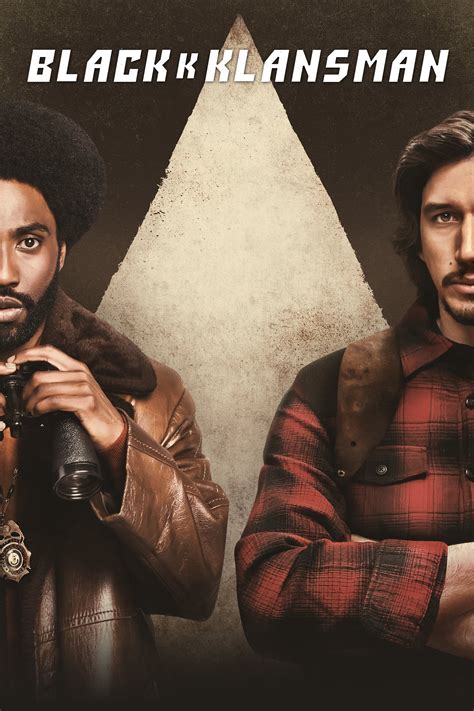BlacKkKlansman

Description:
BlacKkKlansman is a biographical crime film based on the true story of Ron Stallworth, the first African-American detective to serve in the Colorado Springs Police Department. Stallworth successfully infiltrates and exposes the Ku Klux Klan with the help of a white colleague, Flip Zimmerman, leading to the arrest of several Klan members. The film explores themes of racism, identity, and the power of unity.Keywords:
Racism, Undercover, Black Empowerment, Satire, Historical, African AmericanHow historically accurate is BlacKkKlansman?
"BlacKkKlansman," directed by Spike Lee, is based on the true story of Ron Stallworth, the first African American detective in the Colorado Springs Police Department, who infiltrated the Ku Klux Klan in the 1970s. While the film captures the essence of real events and themes of racism, it takes creative liberties for dramatic effect. Key characters and situations are fictionalized or exaggerated, but the film effectively highlights systemic racism and the Klan's influence, making it a powerful commentary on race relations in America.
Is BlacKkKlansman worth watching?
"BlacKkKlansman," directed by Spike Lee, is definitely worth watching. It’s a powerful blend of drama and dark comedy based on the true story of an African American detective who infiltrates the Ku Klux Klan in the 1970s. The film tackles themes of racism, identity, and social justice with sharp wit and impactful storytelling. It features strong performances, particularly from John David Washington and Adam Driver, and is praised for its timely relevance and thought-provoking commentary. Overall, it's a compelling and important film.
What year is BlacKkKlansman set in?
"BlacKkKlansman" is primarily set in the early 1970s, specifically around 1972. The film follows Ron Stallworth, an African American detective in Colorado Springs, as he infiltrates the Ku Klux Klan by posing as a white supremacist over the phone while his colleague, Flip Zimmerman, who is white, handles in-person interactions. The movie explores themes of racism, identity, and the civil rights movement during this turbulent period in American history.
Who was under the hood at the end of BlacKkKlansman?
At the end of "BlacKkKlansman," the figure under the hood is revealed to be a member of the Ku Klux Klan, symbolizing the ongoing threat of racism and white supremacy. The film, directed by Spike Lee, uses this imagery to comment on the persistence of these ideologies in contemporary society. The ending juxtaposes the events of the 1970s with modern-day realities, emphasizing that the fight against racism is still relevant. The identity of the specific individual is not disclosed, highlighting the anonymity of hate.
Explore More Categories: